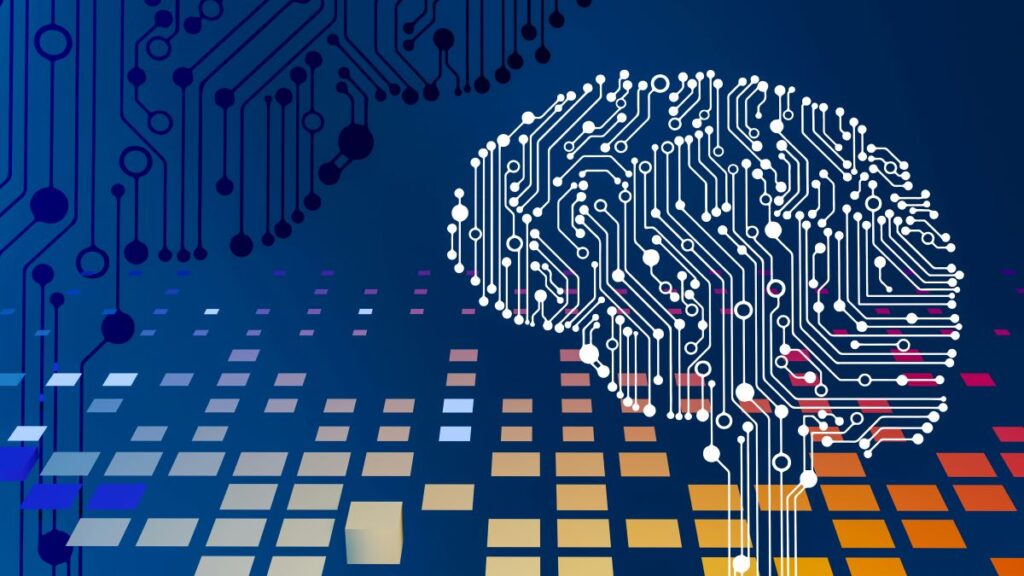
The year in Artificial Intelligence can be encapsulated in a single word: acceleration. This acceleration is evident across various dimensions, including advancements in capabilities, increases in costs, and enhancements in employment productivity. According to the newly released AI Index from the Stanford Institute for Human-Centered AI, this comprehensive annual report, led by top industry and academic AI experts, tracks progress in AI research, technical performance, responsible AI, economics, policy, and more. Grounded in global quantitative data, the report serves as a crucial resource for policymakers, executives, and the public, aiding them in understanding the rapidly evolving landscape of AI.
Search
Recent Posts:
- OpenAI Brings ChatGPT to be used in WhatsApp: Here’s How It Works and What You Can Do To Use It.
- Realme 14x 5G: A Budget Smartphone With Premium Features.
- Exploring Apple Genmoji: A New Era of Custom Emoji Creation.
- 2024 United States Presidential Election: Donald Trump Declares Victory in 2024 Presidential Election
- Chancellor Olaf Scholz’s Visit to India: Advancing Indo-German Cooperation on Defense, Trade, and Regional Stability.
Artificial Intelligence’s Rapid Progress From Human-Level Performance to High-Cost Innovations in 2023
This year, Artificial Intelligence systems have advanced at an unprecedented pace, achieving human-level performance in areas such as language understanding and competitive-level mathematics. As Artificial Intelligence systems surpass these significant milestones, researchers are compelled to develop more challenging benchmarks. For instance, the Massive Multidiscipline Multimodal Understanding (MMMU) benchmark features college-level questions across six core disciplines and various multimodal question formats. This benchmark is one of the most challenging Artificial Intelligence tests to date. Notably, the leading model, Gemini Ultra, achieved an overall score of 59.4% as of January 2024, showcasing the rapid progression in AI capabilities.
The majority of these Artificial Intelligence advancements are emerging from the for-profit sector. In 2023, companies produced 51 notable machine learning models, compared to academia’s 15. Major industry players such as Google, Meta, Microsoft, and OpenAI are at the forefront of this field. The dominance of these industry giants is fueled by the high costs associated with model training. For example, training OpenAI’s GPT-4 and Google’s Gemini Ultra was estimated to cost $78 million and $191 million respectively. These substantial investments underscore the significant resources required to push the boundaries of AI technology.
Funding into Artificial Intelligence increases exponentially
While private AI investment is generally on the decline, there is one notable exception: generative AI. In 2023, this sector attracted an impressive $25.2 billion, nearly nine times the investment seen in 2022. This influx of funding is predominantly concentrated in the United States, where private investors funneled $67.2 billion into AI initiatives. China followed with $7.8 billion, while India ranked tenth with $1.4 billion. In terms of new AI company formations, the United States remained at the forefront with 897 new companies, followed by China with 122 and the United Kingdom with 104. India held the seventh position, with 45 newly funded AI companies, highlighting its growing presence in the global AI landscape.
AI’s Impact on Worker Productivity and Talent Acquisition: A 2023 Review
As AI capabilities continue to improve, questions arise about whether these advancements translate to enhanced worker productivity. A meta-review conducted by Microsoft compared the performance of workers using Copilot, an LLM-based coding assistant, with those not using the tool. The review found that Copilot users completed tasks 26% to 73% faster. However, the study also revealed that excessive reliance on AI can hinder performance. In a study on resume reviewing, AI assistance generally improved accuracy. Yet, workers aided by “good AI,” perceived to be high-performing, actually performed worse than those using “bad AI,” which was capable but known to make errors. The study suggests that recruiters using “good AI” grew complacent, placing too much trust in the AI’s outcomes.
Meanwhile, companies continue to aggressively seek AI talent. Using data from LinkedIn, the AI Index identified regions with the highest relative AI hiring rates—AI talent recruitment compared to overall hiring rates. Hong Kong led with a 28.8% AI hiring rate, followed by Singapore and Luxembourg, both at 18.9%, and India at 16.8%. Additionally, India has outpaced other countries in the rate at which AI skills have penetrated various job categories such as engineering and human resources. Between 2015 and 2023, India exhibited the highest prevalence of AI skills across occupations, followed by the United States and Germany. This indicates a broad and deep integration of AI expertise within India’s workforce.
In 2023, AI’s technical capabilities surged forward, surpassing human performance in numerous benchmarks and significantly improving worker productivity. However, the costs associated with training cutting-edge AI models have soared, leading to increased concerns over responsible development and the environmental impacts of these technologies. While acceleration is the defining characteristic of this year, the authors of the AI Index hope that the coming year will bring increasingly diverse expertise to the responsible design, development, and study of AI systems. This broader participation is crucial for ensuring that AI technologies are developed and deployed in ways that are ethically sound and socially beneficial.
To read more topics, please visit: https://insightfulbharat.com






